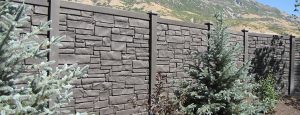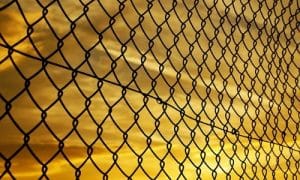At Utah Fencing Company, we believe that sustainability is not just a trend; it’s a responsibility. We understand the importance of making eco-conscious choices, even when it comes to fencing. In this blog post, we’ll explore the environmental impact of sustainable fencing choices and why they matter for a greener future.
Sustainable Fencing Materials
Choosing sustainable fencing materials is the first step in reducing the environmental impact of your fence. Here are some eco-friendly options:
Bamboo Fencing
Bamboo is one of the most sustainable fencing materials available. It’s fast-growing, renewable, and requires minimal water and pesticides. Bamboo fencing provides a natural and beautiful alternative for those looking to minimize their carbon footprint.
Recycled Materials
Fences made from recycled materials such as reclaimed wood or plastic offer a second life to resources that would otherwise end up in landfills. These materials reduce the need for new resources and help conserve forests and reduce plastic waste.
Locally Sourced Wood
If you opt for wood fencing, choose locally sourced wood from sustainably managed forests. This reduces transportation emissions and supports responsible forestry practices.
Sustainable Manufacturing
Consider the manufacturing process of the fencing materials:
Low-Impact Production
Select materials that are manufactured using low-impact methods. Look for companies that prioritize energy efficiency, water conservation, and reduced emissions in their production processes.
Eco-Friendly Treatments
If your fence requires treatments such as staining or painting, choose eco-friendly products that are low in volatile organic compounds (VOCs). These products are less harmful to the environment and your health.
Longevity and Maintenance
A sustainable fence should have a long lifespan and require minimal maintenance:
Durability
Invest in a fence that is durable and built to withstand the test of time. A longer-lasting fence means fewer resources are used over its lifetime.
Regular Maintenance
Proper maintenance is essential to extend the life of your fence. Regular inspections and minor repairs can prevent the need for a full replacement.
Recycling and Disposal
Consider the end-of-life of your fence:
Recyclability
Opt for materials that are recyclable at the end of their life. This ensures that the materials can be repurposed or disposed of responsibly.
Responsible Disposal
If you need to replace your fence, dispose of the old materials responsibly by recycling or repurposing them whenever possible. Avoid sending them to the landfill.
Conclusion
The environmental impact of your fencing choices goes beyond your property boundaries. Sustainable fencing materials, responsible manufacturing, durability, and proper end-of-life disposal all contribute to a greener future. At Utah Fencing Company, we’re committed to offering sustainable fencing options that meet your needs while minimizing environmental harm. Contact us today at 801-905-8153 or visit our website at utahfencing.co to explore our eco-friendly fencing solutions.




